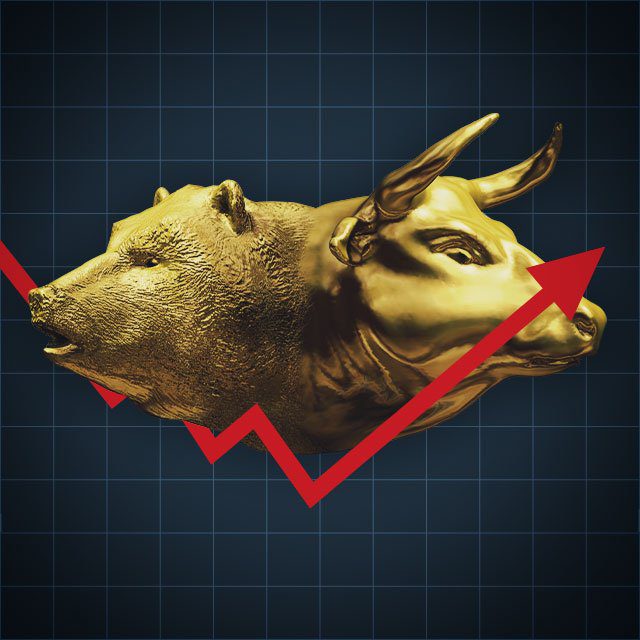U.S. Stock Market 'Deep Into Undervalued Territory:' Morningstar

What You Need to Know
Now is not the time to reduce equity exposures but to add judiciously, cautions Morningstar’s Dave Sekera.
Morningstar predicts the Fed will stop tightening by year-end 2022 and will have room to ease by year-end 2023.
In this market environment, investors should have a plan that balances their long-term investment goals with their risk tolerances.
The U.S. stock market is trading “deep into undervalued territory,” at more than a 20% discount to fair value, according to Morningstar.
“With equities selling off 24% year to date, it appears to us that the market has overcorrected to the downside,” Dave Sekera, chief U.S. market strategist for Morningstar Research Services LLC, said in a Morningstar.com post on Monday, adding that the market appears “overly pessimistic” about long-term equity valuations.
A composite of the U.S. stocks that the research firm covers indicates “the equity market is significantly undervalued and is trading at over a 20% discount to fair value,” Sekera wrote. Equities have rarely traded at such a deep discount to their intrinsic valuation, he added.
A graphic accompanying Sekera’s commentary indicated the entire market composite was trading at 0.79 price/fair value as of Sept. 26.
“Growth stocks are the most undervalued, trading at a price/fair value of 0.75, followed by the value category trading at 0.77. Core stocks are trading closer to fair value at 0.86. Investors appear to be best positioned with a barbell-shaped strategy, overweighting both value and growth categories and underweighting core,” Sekera suggested.
Large- and mid-cap stocks trade near the broad market valuation, while at 0.62, small-cap stocks are trading at the greatest discount to fair value, according to the strategist, who wrote that communications and cyclical sectors are the most undervalued after experiencing the worst selloff.
The market’s oversold state comes in an environment with weaker-than-expected economic growth, a hawkish Federal Reserve, high inflation and other pressures, he noted. The undervaluation “is the greatest discount to our long-term, intrinsic valuations since the emergence of the pandemic,” Sekera said, adding that in March 2020, the price/fair value bottomed out at 0.77.
“On a longer historical time frame, there have only been a few other instances when our price/fair value metric had dropped to similar levels,” Sekera wrote.
“While near-term conditions may pressure earnings in the short term, at current valuations we think the market has fallen more than enough to incorporate those headwinds. In our view, we think the market is overly pessimistic regarding the long-term prospects for equity valuations,” he said.






